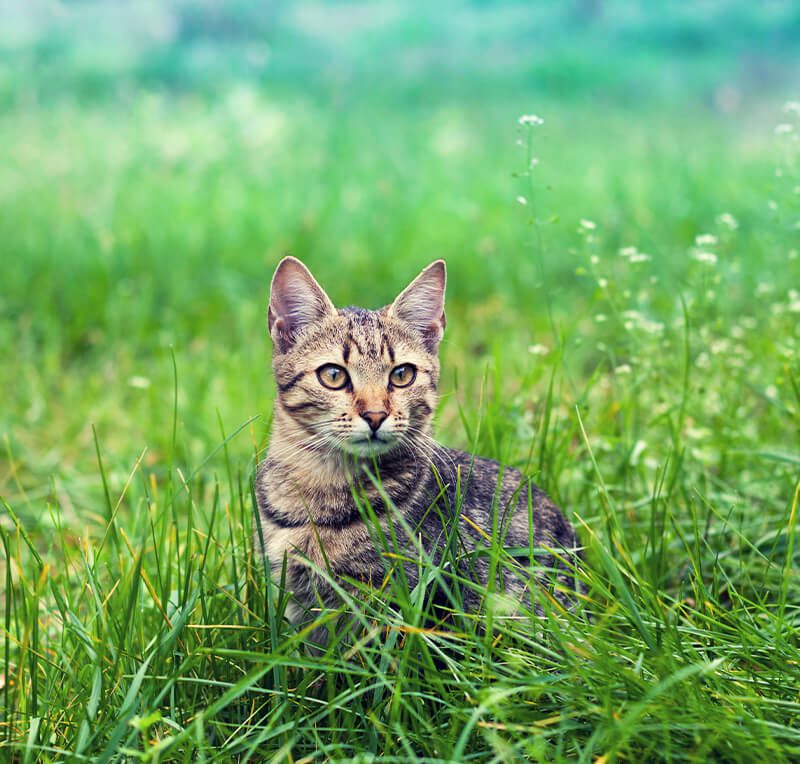
4 tips to prevent lost pets
We know you love taking your pet on adventures. The only single drawback of having your pet join you is the possibility of them running away or getting loose. Sometimes being outside can bring a whole new set of emotions to your pet. The excitement of new smells and their curiosity can sometimes get the best of them. But not to worry, we gathered a few tips to ease any worry that you may have to help keep your pets safe.
PET IDENTIFICATION
Your pet should always have a tag attached to their collar that includes the pet’s name, your phone number, and proof of vaccinations. Not only does that information make it easier for someone to contact you, but it also allows them to call the pet by its name, which could help keep it calm, and be assured that your pet is safe to handle, as it’s been vaccinated.
An even better idea is to have your pet microchipped. This is a very simple procedure to ensure that your pet can be identified and you can easily be contacted. While both options are great, to maximize your ability to reconnect with your pet if lost, just do both!
CORRECTLY SIZED COLLARS AND LEASHES
Your pet’s collar and leash size will play a huge part in keeping your pets within your reigns, but it also directly ties into your pet’s identification. That said, it’s obvious that a collar left too loose will allow your pet to slip out. But how tight is too tight? The general rule to follow is that you should be able to fit two fingers between the collar and your pet’s neck. This leaves adequate room for comfort, but enough tension to keep the collar on. Lastly, some pet owners don’t consider the width of the collar, but it is important that bigger pets have wider, stronger collar and leash.
PROPER TRAINING
This one can be tough. It requires that you as the owner stay calm and direct your pet, and your pet to comply. With that in mind, if you plan to take your pet out and about with you, they should know a few commands and be able to react to them without regard to what may be going on around them. For example, if your pet has an instinct to follow a smell, a simple “come” command should override this impulse they have. This is much easier said than done, which is why proper training is crucial.
BE PREPARED
If the unthinkable, and horrid situation does arise, and your pet happens to get loose, you’ll need a plan. Many neighborhoods have message boards or Facebook groups. This is a great place to start. After all, the more eyes and awareness, the better chance you’ll have of finding your pet. Make sure you have pictures of your pet, that way people know exactly what to look for.
